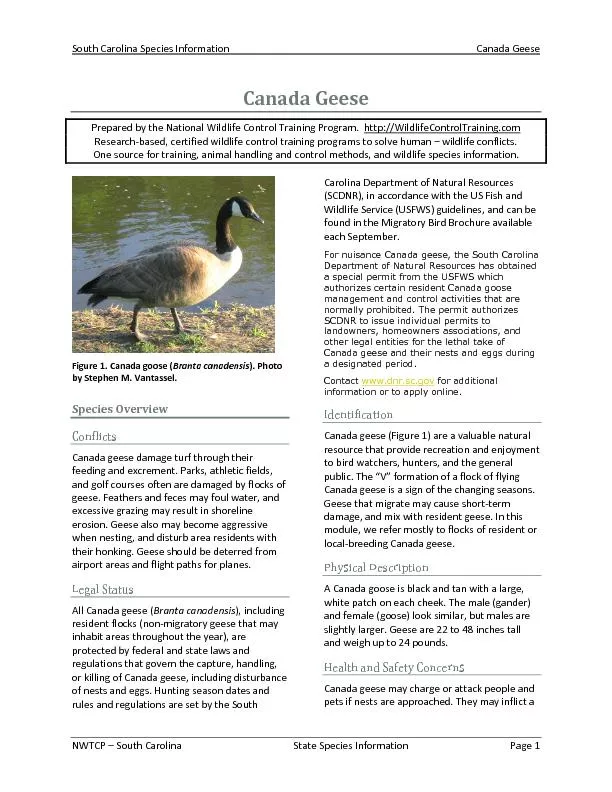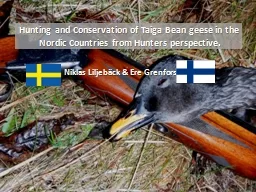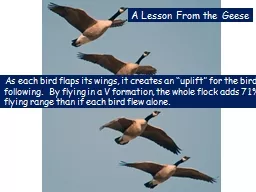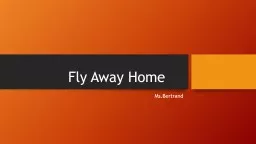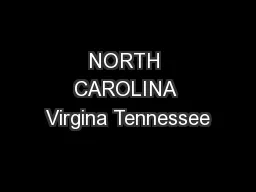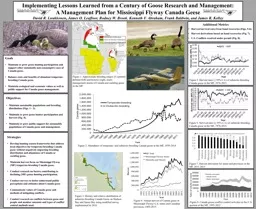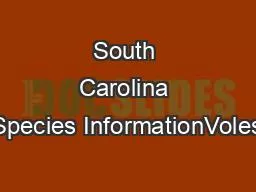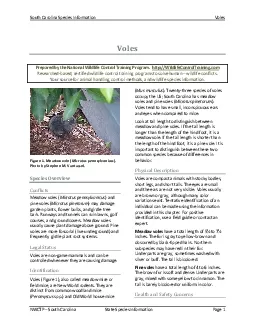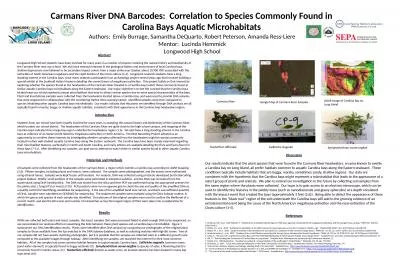PDF-South Carolina Species InformationCanada Geese
Author : jane-oiler | Published Date : 2016-04-18
NWTCP South Carolina State Species InformationPage When geese are molting and therefore flightless they can be roundedup and removed During other times geese may
Presentation Embed Code
Download Presentation
Download Presentation The PPT/PDF document "South Carolina Species InformationCanada..." is the property of its rightful owner. Permission is granted to download and print the materials on this website for personal, non-commercial use only, and to display it on your personal computer provided you do not modify the materials and that you retain all copyright notices contained in the materials. By downloading content from our website, you accept the terms of this agreement.
South Carolina Species InformationCanada Geese: Transcript
Download Rules Of Document
"South Carolina Species InformationCanada Geese"The content belongs to its owner. You may download and print it for personal use, without modification, and keep all copyright notices. By downloading, you agree to these terms.
Related Documents

